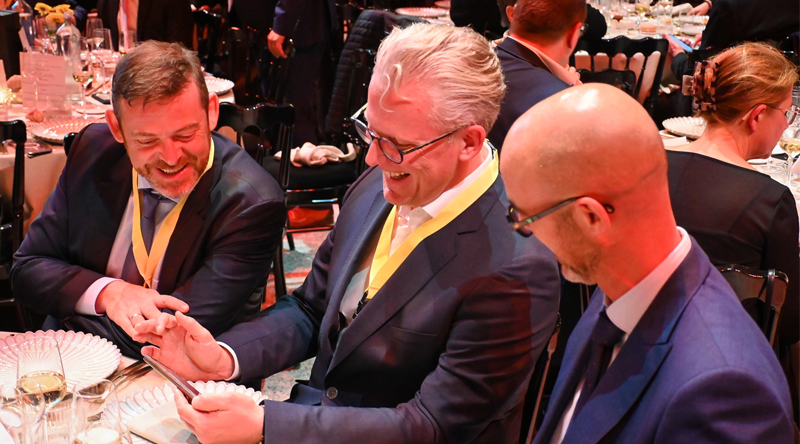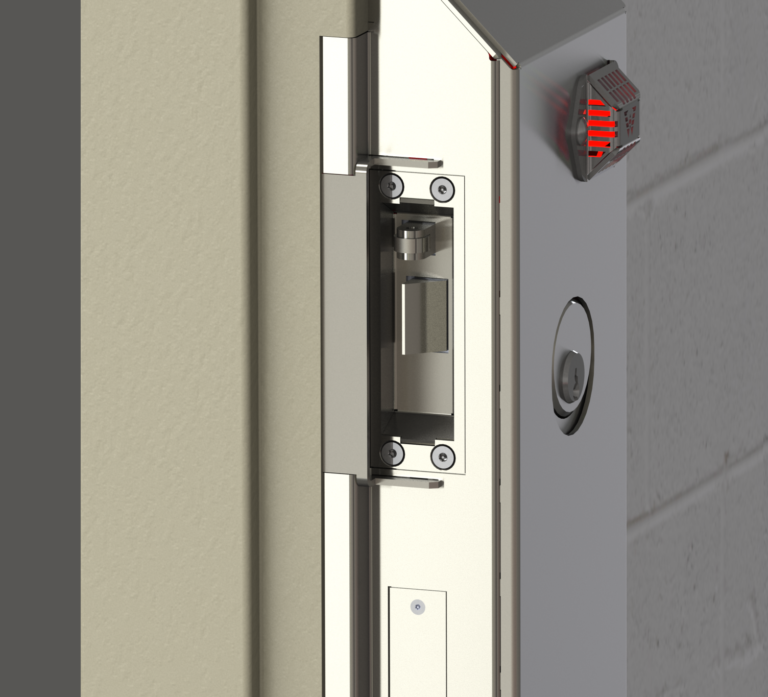Humane Corrections: What More Can We Do?

By Stephen Carter
The opportunity to gain two additional hours in a week is rare, at least for me. At half the age I am now; no big deal, but now is different. Being in Europe for this year’s 25th ICPA annual conference meant enjoying Europe’s autumn “fall back” and doing the same when back in America was special.
This year’s conference was the best attended of any thus far and the only one I have missed was in the US in 2022 due to COVID. We had over 800 delegates representing 79 countries in Antwerp. The theme of Humane Corrections, What More Can We Do? resonated well across vast cultural and economic differences.
Even with “two additional hours” this week, a Correctional News article is hardly the place to explore the inhumane actions that are occurring in the Mideast at this moment. Eventually, the weapons will be silenced and perhaps then an opportunity will arise to re-examine what is the meaning of humaneness.
The topic of humaneness in our correctional systems, programs, and facilities was broadly considered this year with the focus on what more can be and should be done. This began with a presentation by Olivia Rope, the Executive Director of Prison Reform International, establishing the essential connection between humaneness and dignity.
She drew data from the world correctional context which may have been comforting to some and disturbing to others. My take-away was that dignity and the respect for basic human rights must exist before we can hope to do more to reduce prisons populations and high rates of recidivism; offer effective programs; and provide appropriate conditions for confinement.
By a very large percentage, most of the delegates were from the managerial and academic sectors of corrections. Encouragingly, more than 25 attended the Planning and Design Network meetings and when asked to summarize some of their current projects, the scope and diversity was impressive and inspiring. All spoke to the quest for humaneness and dignity in the context of their culture.
Nine of the 151 presentations specifically presented examples of the role of design in reinforcing humane corrections. The examples from the USA compared favorably with those from Australia, Scandinavia, and Europe. I took away several examples that reinforce a commitment to humane corrections which, in summary, include:
- Size of Units: The trend is a return to smaller living units with specialized missions.
- Cultural Recognition: Evidence indicates acknowledging the diversity of local culture improves recidivism outcomes.
- Evidence Informed: The global network of information on what is a humane environment and what works is very available.
- Community Involvement: The closer the facility is seen as a part of the community fabric, the greater the opportunity for restorative justice.
- Safety and Security: With full recognition of the advances in technology that support the role of correctional staff, personal safety is better achieved by creating conditions that foster relationship building than barriers and hardware.
- Communications: Fostering an attitude of direct communication between staff and the incarcerated persons is the foundation of changing anti-social behavior.
- Indoor-Outdoor: The distinction can be blurred by incorporating nature into the spaces that reinforce all activities of daily living.
- Materials and Methods: Nothing in material choices or methods of construction that reinforces humane environments should be off the table (especially indigenous materials).
- Personal Dignity: The continued prominence given to the toilet in individual and multi-occupancy cells is certainly an area “where more can be done”. Ensuite washrooms are a minor cost in facilities.
- Personal Privacy: This basic human need should not be forfeited by incarceration and design solutions can provide security and observation while respecting privacy.
- Individual Controls: Offering the ability to control the lights, temperature, views enhances the feeling of empowerment to the incarcerated person.
- Furnishings: Many examples of robust, but non-traditional, furnishings that provide a more normative environment are increasing and reflect local attitudes about individual dignity.
- Natural Light: This starts with the recognition that 5” slit windows in cells should not be the basis of a secure perimeter. Opportunities to introduce natural light in all spaces benefit staff and the incarcerated persons.
- Color: One of the least expensive methods of creating a more humane environment throughout a facility is color and artwork.
- Noise Control: Noise attenuation is essential if a humane environment is possible; not just in the living units, but throughout the facility.
All of these topics and more were addressed through the workshops with many visual examples drawn from global projects. But the discussion went beyond examples of humane environments and addressed the question of what more can we do. An overview of what I learned included:
- Listen to the Users: Delegate Franz James, a Swedish designer and ethnographer, focused on the importance of hearing and recording (verbally and visually) the users of the correctional environment and not simply observing and opining.
- Educate the Decision-Makers: Sarah Paddick and Darian Shepherd-Bayly from South Australia illustrated how involving the community supported a unique program where incarcerated women actually participated in constructing their new facility and gaining access to employment upon release.
- Initiative Trumps Inertia: The tilt towards sustainable concepts in treatment and design is opening new opportunities to promote environments for healing and hope according to a presentation from Erin Persky, Dr. Robin Timme, and Franke Greene of the USA.
- Respect the Cultural Influences: Canadian architects Robert Boraks and Roberta Somlo demonstrated how the indigenous culture has significantly influenced their practice in mental health and correctional facilities.
- Engage the Community: Throughout the workshops, a consistent message was heard that correctional facilities must be community-facing and the optimum means of engaging beyond community hearings is to provide community spaces within the prison.
While those attending our 25th anniversary conference this year probably shared a common ground of what humane corrections implies and requires, this is not a universally shared definition or aspiration. Much remains to be done that requires civil discourse between and amongst those who rise each day to a diverse correctional world.
Stephen Carter, AICP is the executive vice president and global strategic development officer at Miami-based CGL Companies.
Editor’s Note: This article originally appeared in the November/December 2023 issue of Correctional






